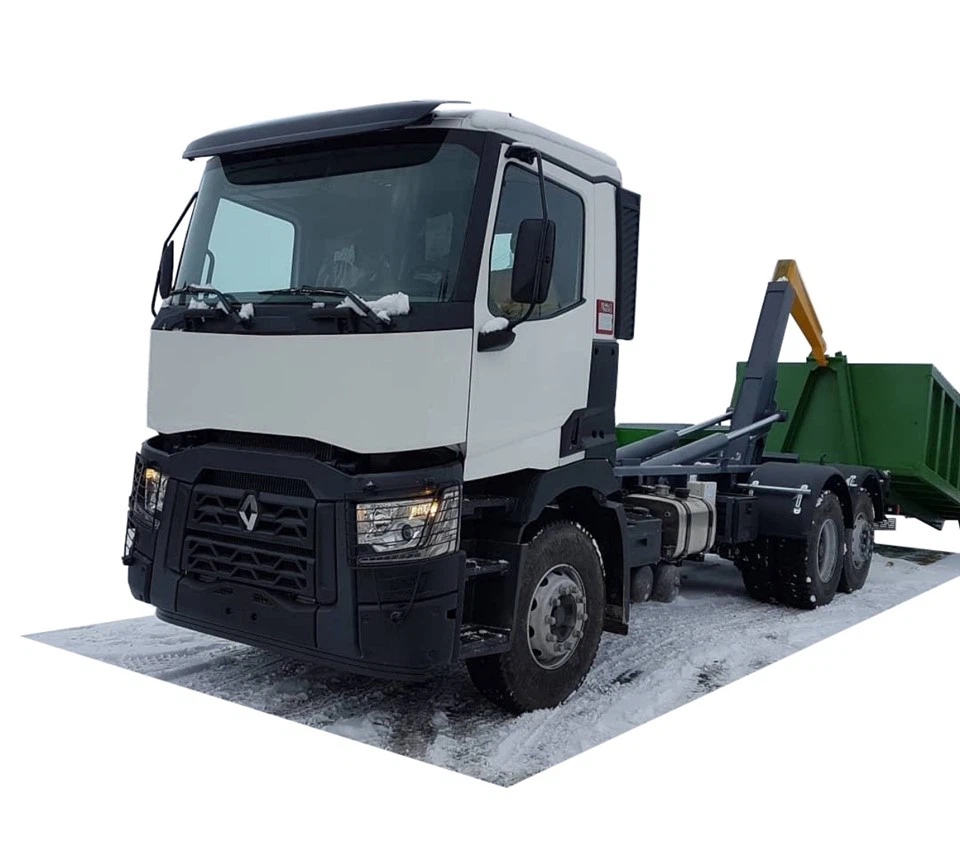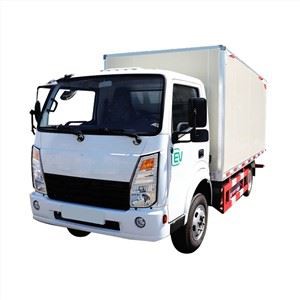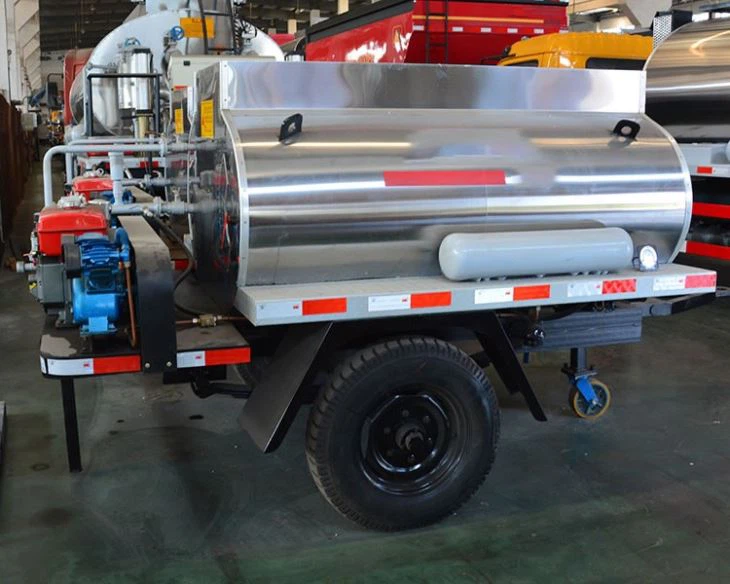Electric Mini Trucks: The Future of Urban Transportation

Introduction
In today’s rapidly evolving automotive landscape, electric mini trucks are emerging as a viable solution for urban transportation challenges. As cities grapple with congestion, pollution, and the need for efficient goods delivery, electric mini trucks offer a sustainable alternative that meets the demands of modern logistics. This article will explore the various facets of electric mini trucks, from their benefits and features to their market trends and practical applications. With a comprehensive overview, this guide aims to inform businesses, consumers, and city planners alike about the future of urban transport.
The Rise of Electric Mini Trucks
1. What Are Electric Mini Trucks?
Electric mini trucks are compact vehicles powered entirely by electric energy. Unlike traditional trucks, they run on batteries and produce zero tailpipe emissions, making them an eco-friendly option for transport. These vehicles are designed for maneuverability in urban environments, making them ideal for deliveries, city maintenance, and other localized services.
2. Key Features of Electric Mini Trucks
- Compact Size: Ideal for navigating narrow streets and congested areas.
- Battery Efficiency: Equipped with advanced battery technology that maximizes range and reduces charging time.
- Low Operating Costs: Electric mini trucks benefit from reduced fuel and maintenance costs compared to traditional gas-powered vehicles.
Advantages of Electric Mini Trucks
1. Environmental Benefits
Electric mini trucks help in reducing pollution levels in urban settings. By eliminating tailpipe emissions, they contribute to cleaner air and a more sustainable environment.
2. Cost Savings
Businesses that deploy electric mini trucks can realize significant cost savings. The operating costs are reduced substantially due to the low cost of electricity compared to fossil fuels, and maintenance costs are lower because electric engines have fewer moving parts than traditional engines.
3. Enhanced Maneuverability
The compact size of electric mini trucks allows them to navigate through tight spaces. This is particularly useful for deliveries in urban areas where larger vehicles may struggle.
4. Quiet Operation
Being electric, these trucks operate with minimal noise pollution, making them suitable for nighttime deliveries or operations in noise-sensitive areas.
Types of Electric Mini Trucks
1. Cargo Vans
Designed primarily for goods transportation, cargo vans are versatile and can handle various types of cargo. They often feature a large cargo area and can be customized with shelving and storage solutions.
2. Utility Vehicles
These are designed for municipal use, like maintenance and service. Equipped with tools and storage compartments, they are ideal for landscaping, plumbing, and electrical work.
3. Delivery Trucks
Small delivery trucks are great for last-mile logistics, providing businesses with an efficient way to reach customers. These vehicles are equipped with advanced tracking systems to optimize routes.
Market Trends and Adoption
1. Increasing Demand
The demand for electric mini trucks is expected to rise due to stricter emission regulations and a growing preference for eco-friendly transportation options.
2. Government Incentives
Many governments globally are introducing incentives for electric vehicle adoption, including tax rebates and funding for charging infrastructure. Such initiatives can accelerate the uptake of electric mini trucks in various sectors.
3. Innovative Technologies
Advancements in battery technology are driving improvements in range and charging times, making electric mini trucks increasingly feasible for businesses that require reliable transport solutions.
Electrification in Urban Logistics
1. Last-Mile Delivery
Electric mini trucks are perfect for last-mile deliveries due to their compact size and cost-effectiveness. Companies like Amazon and UPS are already utilizing these vehicles in urban areas.
2. Waste Management
Municipalities are adopting electric mini trucks for waste collection. Their low emissions contribute to cleaner urban environments while ensuring efficient operations.
Practical Examples and Tips
1. Incorporating Electric Mini Trucks into Business
When considering electric mini trucks for your business, assess your specific logistics needs. Determine the volume of goods you need to transport and the routes you’ll be taking. Here are a few steps to incorporate them effectively:

- Evaluate current delivery operations to assess potential efficiencies.
- Choose an electric mini truck that fits your cargo size and weight requirements.
- Investigate potential local regulations and incentives for electric vehicle usage.
2. Maintaining Your Electric Mini Truck
Regular maintenance is essential for maximizing the longevity of electric mini trucks. Some tips include:
- Regularly check battery health and software updates.
- Monitor tire pressure and tread for safety.
- Keep the vehicle clean to prevent any buildup on sensors.
Challenges and Considerations
1. Charging Infrastructure
The availability of charging stations is crucial for the widespread adoption of electric mini trucks. Businesses must plan routes around charging locations to ensure uninterrupted operations.
2. Initial Investment
While operating costs are lower, the upfront investment for electric mini trucks can be higher than their gas-powered counterparts. Businesses should conduct thorough financial evaluations before transitioning.
Future Outlook
1. Innovations on the Horizon
Future innovations may include enhanced battery technology, autonomous driving features, and improved charging options, all aimed at boosting the practicality and efficiency of electric mini trucks.
2. Role in Sustainable Cities
As cities strive towards becoming more sustainable, electric mini trucks will likely play a crucial role in reducing emissions, easing urban congestion, and fostering environmentally-friendly urban logistics.

FAQs About Electric Mini Trucks
1. What is the average range of an electric mini truck?
The average range varies by model but typically falls between 50 to 150 miles on a single charge, depending on the load and driving conditions.
2. How long does it take to charge an electric mini truck?

Charging times for electric mini trucks can range from 6 to 12 hours using standard charging stations, while fast chargers can significantly reduce this time.
3. Are there incentives available for purchasing electric mini trucks?
Yes, many governments offer tax credits, rebates, and other incentives to encourage the adoption of electric vehicles, including mini trucks.
4. What maintenance do electric mini trucks require?
Electric mini trucks require less maintenance than traditional trucks. Regular checks include battery health, tire condition, and general cleanliness.
5. Can electric mini trucks be used for long-distance travel?
While electric mini trucks are ideal for urban and short-distance use, they may not be suitable for long-distance travel due to range limitations and charging times.
6. How do electric mini trucks perform in cold weather?
Cold weather can affect battery performance and range. However, many models come equipped with battery management systems to mitigate these effects.
